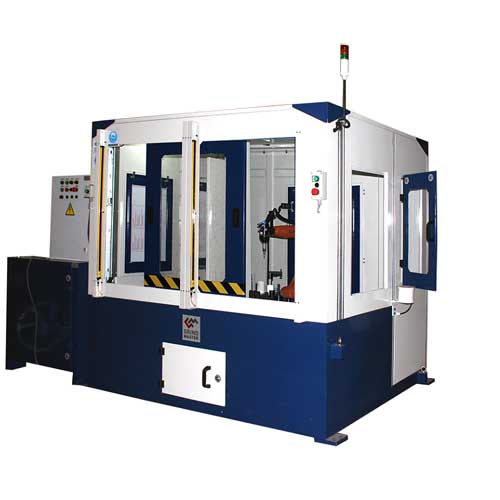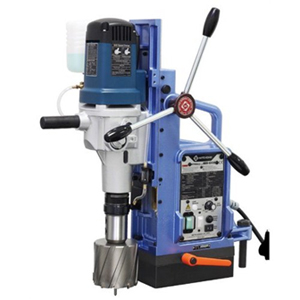Schedule a Call Back
10 ways robotics are disrupting the shipbuilding industry
 Articles
Articles- Jun 01,20

Related Stories

AI will power the next leap in manufacturing efficiency: Prateek Jain
In this interview with Rakesh Rao, Prateek Jain, COO & Co-Founder, Addverb, elaborates on the changing dynamics of manufacturing sector and role played by automation in driving efficiency.
Read more
Automation and mechanisation will co-exist in Indian manufacturing: Vivek Prasad
In this interview, Vivek Prasad, Executive Director, Avalon Consulting, explains how AI-led automation is elevating manufacturing efficiency and reshaping the future of smart, competitive production..
Read more
Automation is transforming India's manufacturing landscape: Ramesh Bhorania
In this interview, Ramesh Bhorania, Vice President, Robotics & FA Division at Prama Hikvision India, shares how advanced robotics, AI, and digitalisation are transforming India’s smart manufacturi..
Read moreRelated Products

Collaborative Scara Robot
Malles Automated & Robotic Systems Private Limited

Robotic Deflashing of Aluminium Casting
Grind Master Robotic Deflashing Machine is an advanced and most reliable machine for Aluminium components. Robotic deflashing is a revolutionary technology developed by Grind Master Machines Pvt Lt Read more

Karmi Bot
Asimov Robotics offers a wide range of Karmi Bot.















